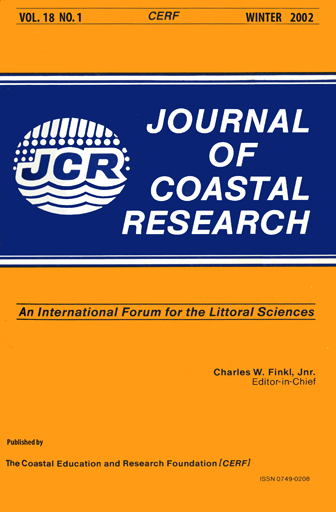Coastal Rock Cliff Erosion by Collapse at Puys, France: The Role of Impervious Marl Seams within Chalk of NW Europe
Keywords:
Coastal rock cliff, collapse, chalk, marl seams, groundwater, conceptual modelsAbstract
Analysis of a coastal chalk cliff collapse at Puys, on the NW coast of France, illustrates the combined role of lithological discontinuities within chalk (marl seams and hardground levels) and groundwater circulation on the dynamic and the triggering factors of this collapse. The Puys rockfall, witnessed on the 17th May 2000, was polyphase, with at least two clear collapse events and involved a displaced rock volume of about 85 000 m3, which has induced a maximum cliff retreat of 12.5 m. Deduced from on-site examination of the deposit, completed by stratigraphical dating, the resulting collapse forms a debris-avalanche runout within which the original stratigraphy is retained. On-site structural analysis of the scar suggests an overall mechanism of sliding characterized by an outward tearing process in the upper part of the cliff and a shearing mechanism in its lower part. Heavy rainfall is suggested as the main triggering factor for this collapse. The suggested hydrogeological conceptual model consists of a multilayered aquifer, controlled horizontally by impervious marl seams and hardgrounds and vertically by pre-existing joint systems. Concentration of stresses by means of local water overpressure may thus occur on marl seams. This process is sustained by a mechanical conceptual model, which indicate rock mass displacements and local stress concentration with high water table.


